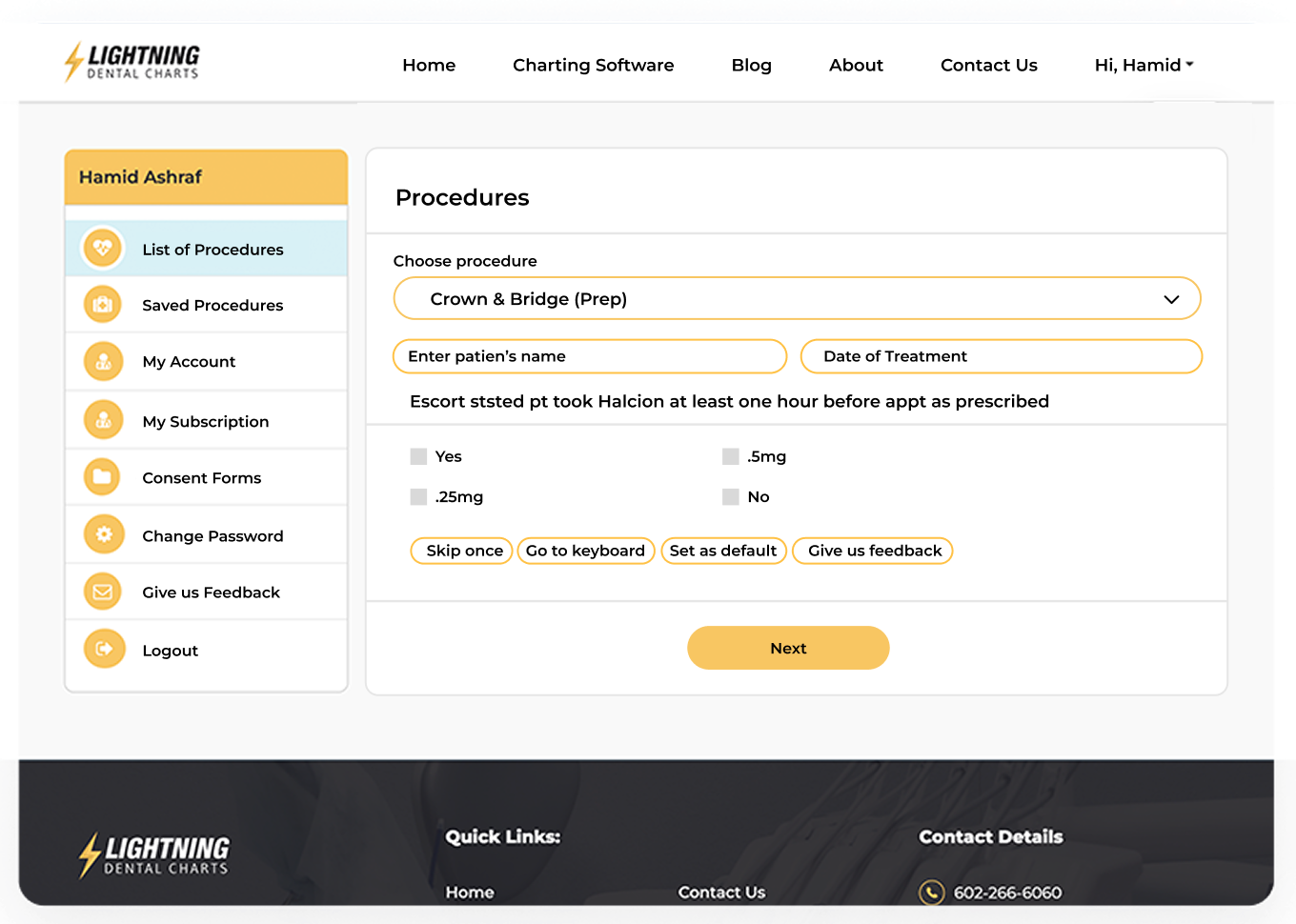Today, most dentists create their notes from some kind of pre-populated template.
However, after defending dentists for more than 30 years, I can say with near-certainty: most dentists’ templates are some combination of outdated, incomplete, or overly generic – possibly all three.
The dental insurance industry concurs. Per TDIC data:
“Poor or marginal charting is a factor in probably 90% of [malpractice] cases.”*
So if we acknowledge that documentation quality is a problem for many dentists, how can you assess if you and your practice are potentially at risk?
I recommend asking the three following questions.
1) Who created them?
If you’re like most dentists I speak with, your answer is one of the following:
“I think I got them from a CE course years ago.”
“They came with my practice management software.”
“Honestly, I’m not sure.”
If you can’t vouch for the source, you can’t vouch for the quality — or the risk. In a legal or board complaint, that uncertainty could leave you vulnerable.
2) When were they last updated?
Clinical and legal standards are continually evolving. Unfortunately, most dentists’ charts are not.
What passed as acceptable documentation in 2015 might be seen as dangerously vague in 2025. Templates that never get updated don’t just fall behind — they could put your practice at risk.
3) Do they all look the same?
This is an easily overlooked but important point. When a dentists’ notes look identical, dental board reviewers or jurors often interpret that as a lack of individualization — or worse, a lack of attention.
Litigators are allowed to approach jurors after they render a dental malpractice verdict. Many of them have told me that the defendant’s templates all looked the same, which negatively affects their credibility. It made the care seem inattentive or automated — even if it wasn’t.
Ready to put your templates to the test?
If you’re unsure about your answers to any of the questions above, we invite you to try Lightning Dental Charts.
Start your free 30-day free trial today and see how effortless, easily tailored, and legally defensible your charting can be.
Lightning Dental Charts solves these 3 problems
At Lightning Dental Charts, we built our software to minimize these 3 risks — making your documentation faster, update-to-date with current legal standards, and easily customizable.
Our software provides general dentists with the following benefits:
Easy-to-use software that allows you to chart 31 of the most common procedures
Design from a practicing dental malpractice defense attorney with 30+ years of experience
Regular updates based on monthly board rulings and dentist / subscriber input
Customizable workflows with both click-through and voice charting options
Average charting time of less than 2 minutes per procedure

